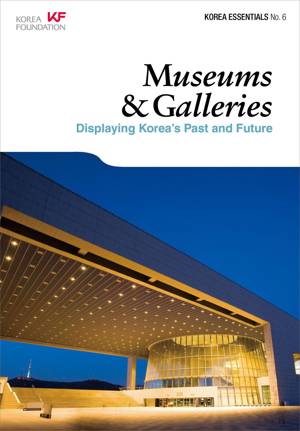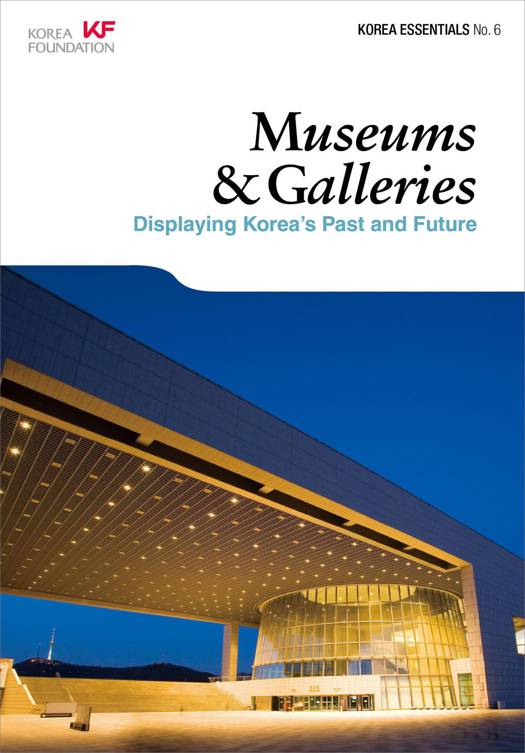
- Retrait gratuit dans votre magasin Club
- 7.000.000 titres dans notre catalogue
- Payer en toute sécurité
- Toujours un magasin près de chez vous
- Retrait gratuit dans votre magasin Club
- 7.000.0000 titres dans notre catalogue
- Payer en toute sécurité
- Toujours un magasin près de chez vous
Description
The history of Korean museums goes back more than 100 years, to the opening of the Jesil Bangmulgwan in 1909. There are now 11 national museums in provincial cities throughout Korea, unified by the hub that is Seoul's iconic National Museum of Korea, completed in 2005, while the large number of regional, university, art, specialized and other museums continues to rise.
Korea's galleries emerged one by one with the advent of "modernity," the flourishing of modern art and the development of the economy, introducing many Korean and international artists and playing an important role in developing popular culture.
Korea's museums and galleries, displaying everything from Paleolithic relics to the latest experimental works by contemporary artists, offer windows onto the country's past, present and future.
Spécifications
Parties prenantes
- Auteur(s) :
- Editeur:
Contenu
- Langue:
- Anglais
- Collection :
Caractéristiques
- EAN:
- 9781624120404
- Date de parution :
- 26-07-15
- Format:
- Ebook
- Protection digitale:
- /
- Format numérique:
- ePub

Les avis
Nous publions uniquement les avis qui respectent les conditions requises. Consultez nos conditions pour les avis.






